Elective course pib – the humanoid robot from the 3D printer
At the end of the school year 2021/22, the company isento GmbH from Nuremberg approached us, the HSG, with a cooperation offer. They offered us the unique opportunity to build the humanoid robot pib (printable intelligent bot) together with students. The highlight: All external components are produced with a 3D printer.
After a brief exchange with the cooperation partners, the collaboration began and the pib elective course was created to introduce students to the exciting world of robot building. A total of 10 students from grades 8 – 10 chose to participate in the new elective course.
The course began with an introduction to the various aspects of 3D printing. Participants learned how to create their own 3D models on the computer using CAD software and then convert them into files that can be processed by the printer – known as “slicing” the printed parts. This gave them an insight into the configuration options and the complex interaction of different print settings that is necessary to produce an attractive print result. They could give free rein to their creativity and add pib additions and personal engravings.
After the participants had designed their models, the individual components of pib were printed using 3D printers. This was an exciting experience, as everyone was able to see firsthand how their designs came to life, layer by layer.
Once the 3D-printed parts were completed, it was time to assemble pib. Thankfully, isento GmbH provided us with all non-printable parts such as screws, nuts, ball bearings, motors, etc. for this purpose. Rough instructions for assembly were also passed on to us, with a lot of trying out and some fiddling to decide on our own how to connect parts. This phase required patience and care, as correct alignment and fastening of components were crucial for the stability and functionality of pib, and it was sometimes only during assembly that it was discovered that printed components did not fit together. True to the motto “What doesn’t fit is made to fit!”, individual parts were then adapted with great commitment by filing, hammering, sawing or drilling.
After successfully assembling the body, it was time to equip pib with the necessary electronics. The participants connected the included “Power Supply” and the control boards (Master Brick and Tinkerforge Bricklets) and first integrated the motors to move the arm and finger components. Using Tinkerforge software and simple sliders, the students manually tested each motor and examined how it worked.
The students were then given an introduction to programming with Python in order to implement algorithms for the Raspberry Pi, the heart of pib. Connected to the single-board computer mounted in pib’s head is a touchscreen (pib’s “eyes”) and an AI-enabled camera (pib’s “mouth”). The goal is now to bring pib “to life” with the help of suitable algorithms.
Whether and to what extent we will succeed in this school year remains exciting. However, the initiative and motivation of the participants give us more than hope. And who knows, maybe our HSG-pib will already wink at all visitors of the HSG at the summer festival 2023 and greet them with a wave.
Anja Eckstein and Marc Ziener
As a participant in the pib (robotics) elective, I have had incredible experiences. We started 3D printing the parts and turned the digital designs into reality. Assembling the robot was fascinating as we gradually brought it to life. This was followed by the exciting phase of programming, where we implemented capabilities of the robot using appropriate algorithms. It was a unique experience to witness the entire process and marvel at a working robot at the end.
Jakob (9D)

